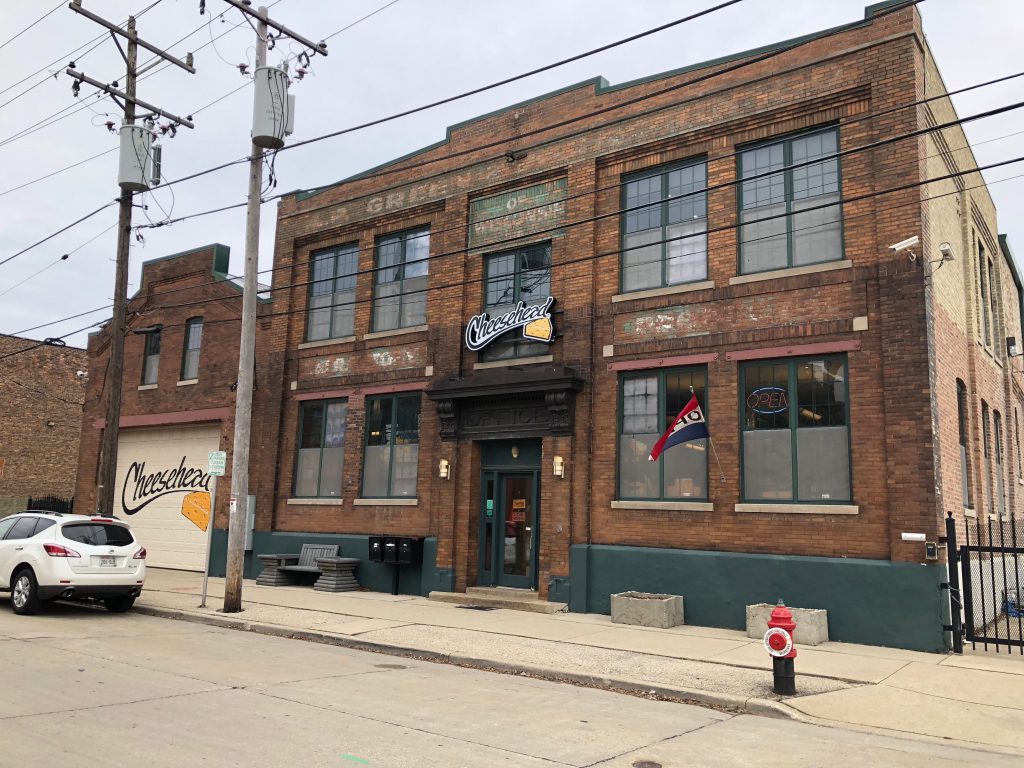How Much Industrial Land Should Milwaukee Have?
New report seeks to create shared vision for Milwaukee's industrial future.
There is no question that Milwaukee is no longer the “machine shop for the world.” But plenty of industrial companies still call Milwaukee home and approximately 45,000 industrial sector jobs are located in the city. How much space should the city allocate to them?
A draft report by the city called Milwaukee Industrial Land Use Analysis, attempts to answer that question and many more regarding the city’s industrial future. The city-commissioned, 119-page report is intended to build a shared vision for future land-use decisions regarding manufacturing, distribution and other industrial uses.
But since the 2004 plan, Milwaukee has lost approximately 10,000 industrial jobs. It’s a trend in line with its peers, but also demonstrates the evolving nature of manufacturing and other industrial companies in Midwestern cities.
The report calls for a number of actions to reverse or stem that decline including protecting land along key transportation corridors like railroads for industrial users, updating the zoning code to better maintain affordable spaces for small manufacturing businesses by prohibiting office and commercial uses in certain areas, subsidizing the modernization of older industrial spaces and maintaining a comprehensive list of available industrial land in the city.
Industrial zoned property makes up just 3% of the land in Milwaukee, but it houses 20% of the jobs and 18% of the private sector wages. The report identifies that industrial jobs pay $64,850 per year, 15% higher than the average private-sector wage and defines the “industrial sector” as jobs in manufacturing, warehousing, transportation, construction, wholesale trade and utilities.
Through a variety of outreach sessions to stakeholders, the report takes an in-depth look at the city’s seven industrial business improvement districts and provides a lengthy series of recommendations for each. The studied areas include Granville, Havenwoods, Riverworks, the 30th Street Corridor, Menomonee Valley, Harbor District and Airport Gateway. The districts are home to the majority of the city’s industrial jobs and a total of 2,160 businesses.
More information on the draft plan is available on the project website, MKEIndustrial.com. A virtual presentation and question-and-answer session on the report is planned for July 15th at noon. The Common Council must ultimately adopt the report.
Eyes on Milwaukee
-
Church, Cupid Partner On Affordable Housing
 Dec 4th, 2023 by Jeramey Jannene
Dec 4th, 2023 by Jeramey Jannene
-
Downtown Building Sells For Nearly Twice Its Assessed Value
 Nov 12th, 2023 by Jeramey Jannene
Nov 12th, 2023 by Jeramey Jannene
-
Immigration Office Moving To 310W Building
 Oct 25th, 2023 by Jeramey Jannene
Oct 25th, 2023 by Jeramey Jannene























It is interesting to note many of the comparison cities in the study are growing significantly in population and prosperity despite the loss of manufacturing jobs. The educational and vocational skill sets of their citizens have allowed them to ride the economic changes. Unfortunately, Milwaukee has not cultivated these skill sets, and our road will be much harder as a result. I strongly suspect that land will not truly be our limiting factor for quite some time.